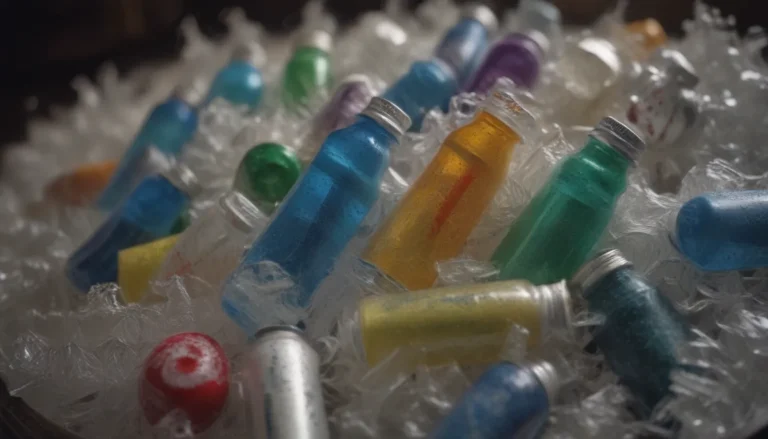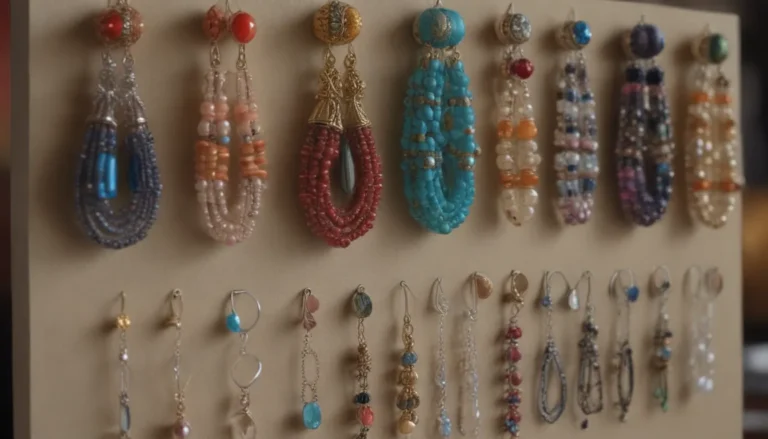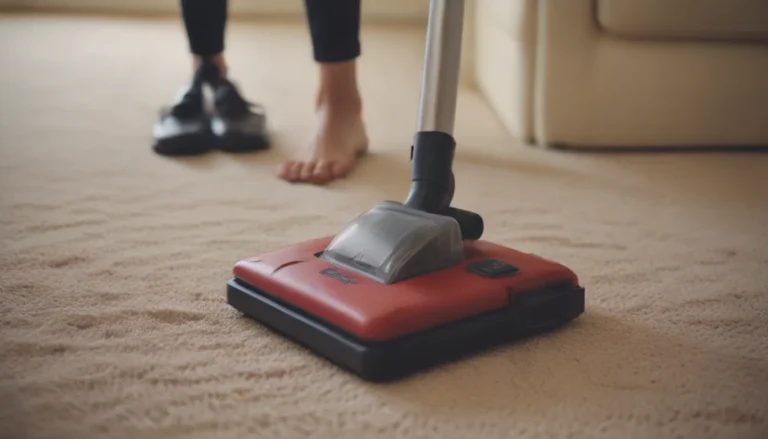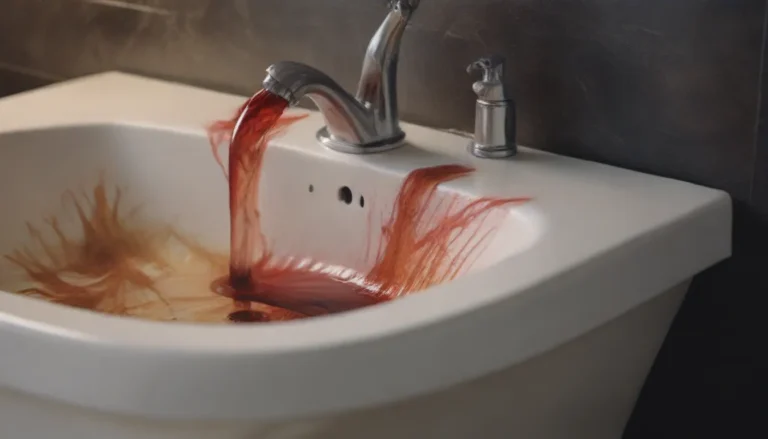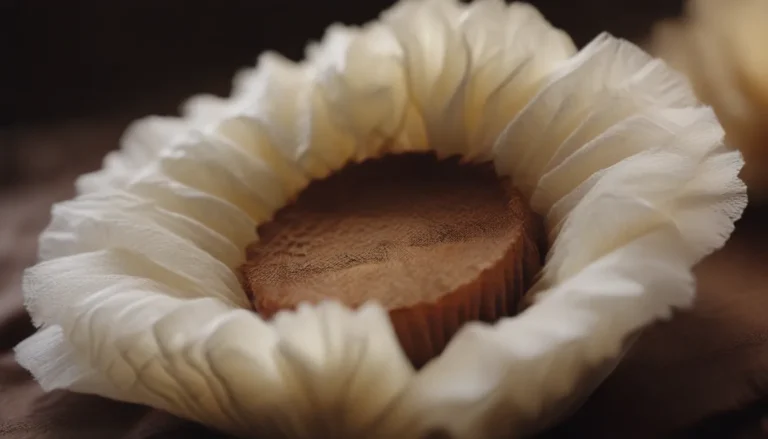The Dangers of Mixing Bleach and Vinegar: What You Need to Know
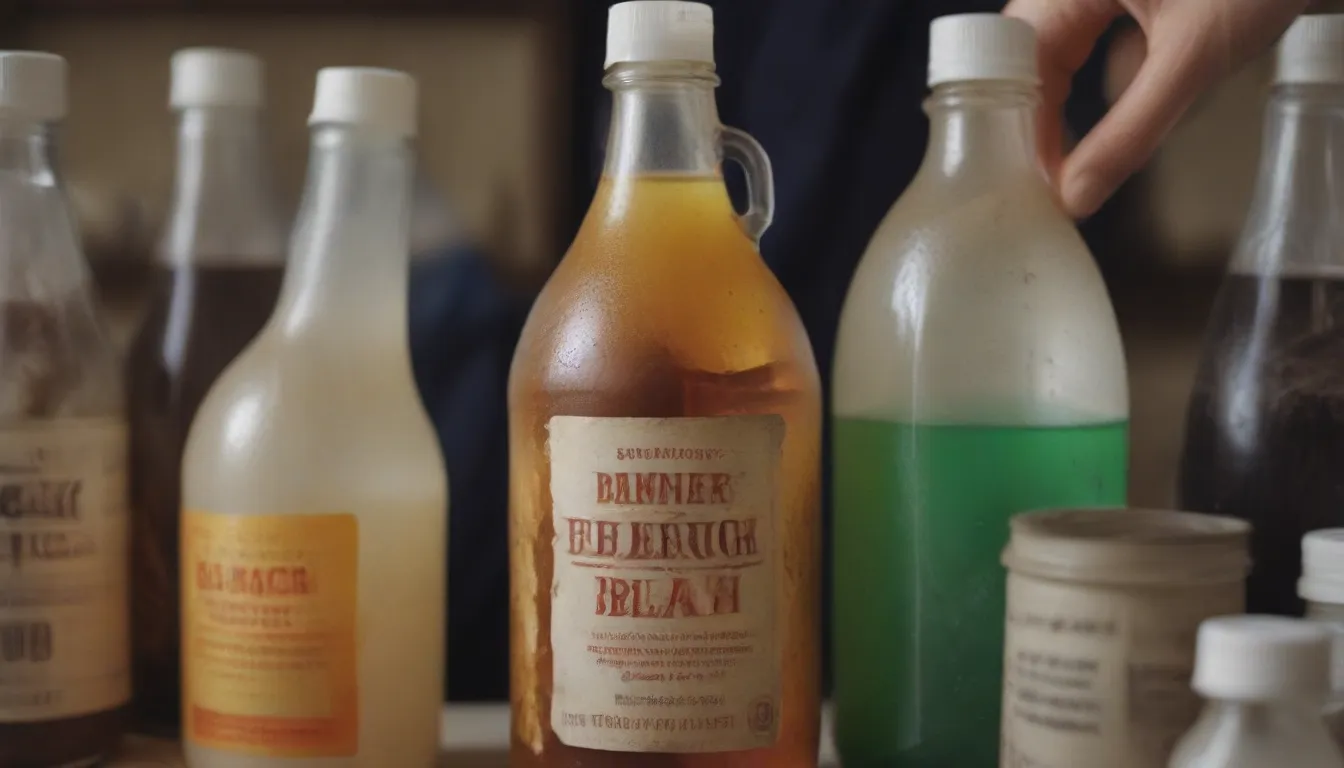
Cleaning our homes is a never-ending task that often requires us to use a variety of products to tackle different messes. But did you know that some cleaning product combinations can be extremely dangerous? One such lethal combination is bleach and vinegar. While these two products are effective on their own, mixing them can create a toxic gas that is harmful to your health. In this article, we will delve into why you should never combine bleach and vinegar while cleaning, and what you can do to avoid potential risks.
Understanding the Chemistry Behind Bleach and Vinegar
Before we discuss the dangers of mixing bleach and vinegar, it’s essential to understand the chemical composition of these products. Chlorine bleach, commonly found in most households, is a powerful oxidizer that acts as a disinfectant and stain remover. Its active ingredient is sodium hypochlorite, which is dissolved in water to create hypochlorous acid.
On the other hand, vinegar is made through a fermentation process of fruits or grains. Distilled white vinegar, the type typically used for household cleaning, contains around five percent acetic acid and 95 percent water. Cleaning vinegar, which is stronger, contains approximately six percent acetic acid. When you mix chlorine bleach with an acid like vinegar, a chemical reaction occurs, producing toxic chlorine gas.
The Risks of Mixing Bleach and Vinegar
When chlorine bleach and vinegar are combined, the reaction produces chlorine gas, which is harmful to humans. Pure chlorine gas is greenish-yellow, but when diluted with household ingredients like bleach and vinegar, it becomes invisible. The gas has a distinct smell and can cause negative effects on your health, such as:
- Irritation to the eyes, nose, and throat
- Respiratory issues, including coughing and difficulty breathing
- Chest pain or tightness
- Nausea and vomiting
- Headaches
Exposure to chlorine gas can be particularly dangerous for individuals with respiratory conditions like asthma or COPD. If you accidentally mix bleach and vinegar and are exposed to the resulting gas, it’s crucial to take immediate action.
What to Do After Exposure to Chlorine Gas
If you have inadvertently mixed bleach and vinegar and are exposed to chlorine gas, follow these steps to minimize health risks:
- Ventilate the Area: Open windows and doors to allow fresh air to circulate and help dissipate the gas.
- Evacuate the Area: If the gas exposure is significant, evacuate the area and seek fresh air immediately.
- Seek Medical Attention: If you experience symptoms of chlorine gas exposure, such as difficulty breathing or chest pain, seek medical help promptly.
It’s important to remember that prevention is key when it comes to avoiding accidents with cleaning products. By following some simple guidelines, you can protect yourself and your loved ones from potential dangers.
How to Avoid Problems With Cleaning Products
To prevent accidents and mishaps with cleaning products, consider the following tips:
- Read Labels: Always read and follow the instructions on cleaning product labels to understand their proper use and any potential hazards.
- Store Products Safely: Keep cleaning products in their original containers and store them in a cool, dry place away from children and pets.
- Use One Product at a Time: Avoid mixing different cleaning products, especially those containing chlorine bleach, to prevent accidental reactions.
- Ventilate: When using cleaning products, ensure proper ventilation by opening windows or using exhaust fans to reduce exposure to fumes.
By being vigilant and cautious when handling cleaning products, you can create a safe and healthy environment for yourself and your family. Remember, it’s always better to be safe than sorry when it comes to chemical reactions that can pose a threat to your well-being.
In conclusion, the dangers of mixing bleach and vinegar while cleaning cannot be understated. By understanding the chemistry behind these products and the risks associated with their combination, you can take proactive steps to ensure your safety. Armed with this knowledge, you can now approach household cleaning tasks with confidence and peace of mind, knowing that you are protecting yourself and your loved ones from potentially harmful situations. Stay informed, stay safe, and happy cleaning!
